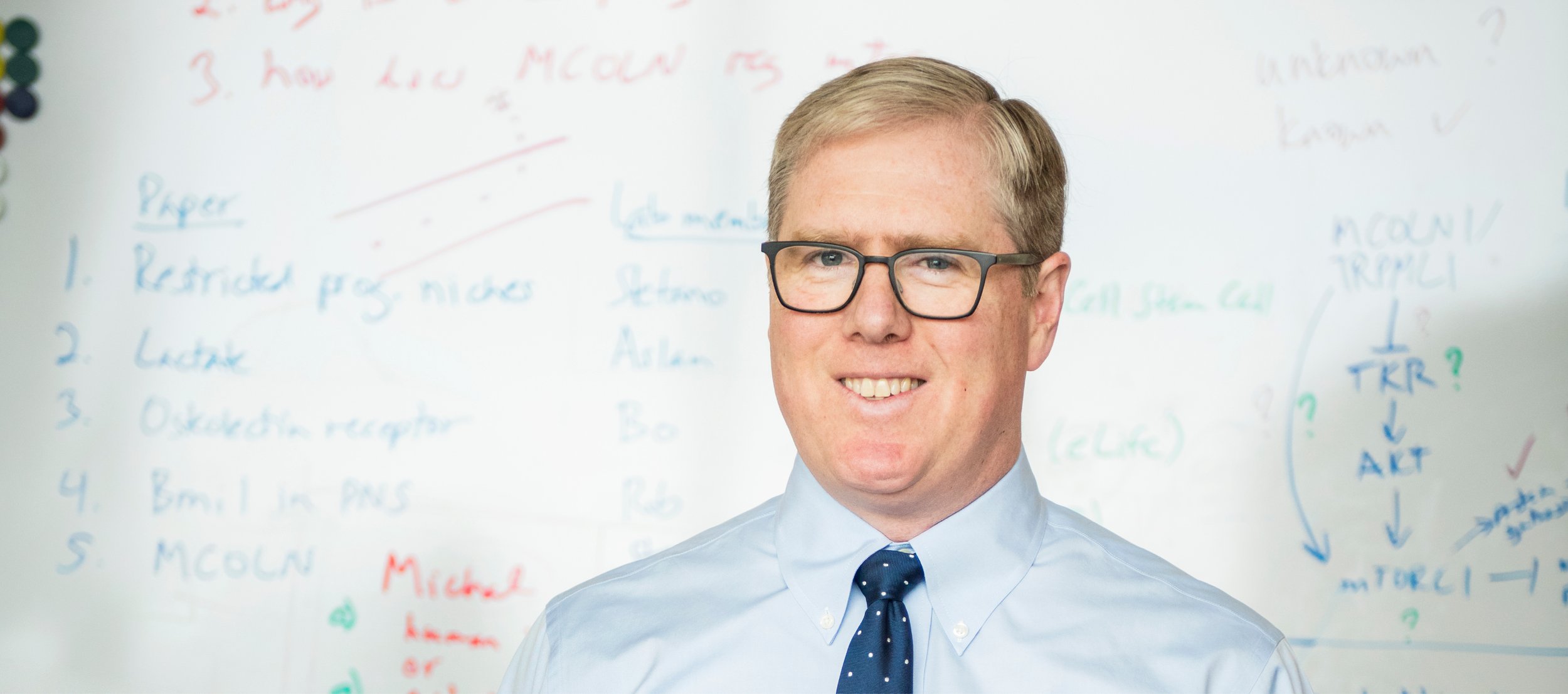
RESEARCHERS FIND THAT DIFFERENT STEM CELLS ARE RESPONSIBLE FOR THE REPAIR OF DIFFERENT KINDS OF BONE INJURIES.
Last year, CRI researchers found that different skeletal stem cell populations contribute to repair of different kinds of bone injuries, an important finding to help tailor the treatment for kids with broken bones.
“The discovery that different bone-forming stem cells are responsible for different aspects of bone maintenance and repair will allow us to focus future bone regeneration efforts on the correct stem cell population,” said Sean Morrison, Ph.D., the Director of CRI and a Howard Hughes Medical Institute Investigator.
In the study, researchers identified distinct cell markers that allowed them to track skeletal stem cells in the bone marrow inside of bones against these cells in the periosteum on the outer surface of bones. They found that while bone marrow skeletal stem cells are responsible for the ongoing production of bone cells in normal bones and the repair of certain bone injuries, periosteal skeletal stem cells are primarily responsible for fracture repair.
Skeletal stem cells must generate new bone cells throughout life to maintain and repair the skeleton. The skeleton is unusual in that it has multiple kinds of stem cells that reside in different regions of bone, including within the bone marrow and in the periosteum. After bone injuries, like fractures, cells in the bone marrow and periosteum begin to proliferate but make very different contributions to bone repair.
Researchers in the Morrison lab found that bone marrow skeletal stem cells repair smaller, stabilized bone injuries and are responsible for new bone growth under normal conditions. In contrast, periosteal skeletal stem cells are primarily responsible for the repair of larger, unstabilized injuries like fractures. Surprisingly, researchers also found that periosteal skeletal stem cells regenerate not only bone but also cells within the bone marrow at the fracture site, giving rise to new bone marrow cells.
“The findings in this study open up several new avenues of research into the signals that activate different types of skeletal stem cells in response to bone injuries,” said postdoctoral researcher Elise Jeffery, Ph.D., and a Damon Runyon Foundation Postdoctoral Fellow. “We hope to harness this information to ultimately tailor the treatment of patients based on their type of bone injury, and to identify new therapeutic targets that promote fracture healing.”
